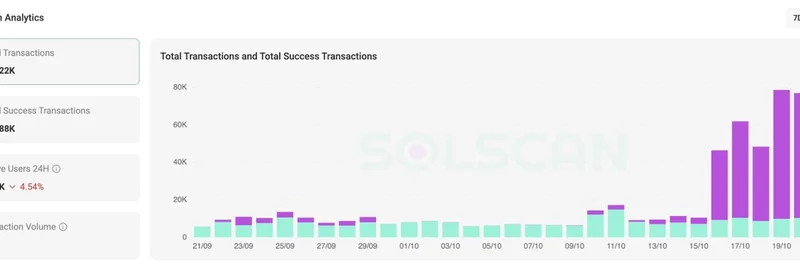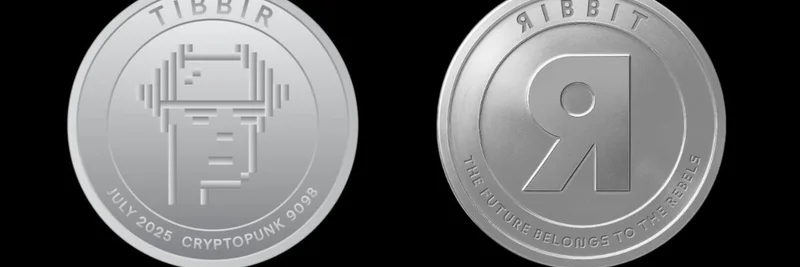In the fast-paced world of Solana's ecosystem, where meme tokens thrive amid volatility, understanding advanced trading mechanics like flash loans and arbitrage can give you a serious edge. Recently, Solscan, the go-to scanning tool for Solana, highlighted a fascinating thread on X (formerly Twitter) that dives into these concepts. Let's unpack it in simple terms and see why it matters for meme token enthusiasts.
The spotlight is on a post from @solscanofficial, praising a detailed breakdown by @0xSharples. The original analysis explores the "downstream effects" of atomic arbitrage opportunities on Solana. Atomic arbitrage? Think of it as executing multiple trades in a single transaction to profit from price differences across platforms—without any risk if it doesn't pan out, thanks to blockchain's all-or-nothing nature.
The core idea: With these quick-profit chances, traders avoid holding "inventory" in risky assets. That means not tying up capital in non-major tokens—like many meme coins—due to opportunity costs (you could be lending instead) and price swings. Enter flash loans: Borrow huge amounts instantly, try the arbitrage, and if it's not profitable, the whole transaction reverts like it never happened. No loss!
As shown in the breakdown, JupLend—a lending protocol on Solana—has seen a spike in these "reverted" transactions since last week. Users flash-loan SOL, swap through protocols like HumidiFi (SOL to USDC), SolFi (USDC to USDT), and Aquifer (USDT back to WSOL). If the final amount is less than borrowed, poof—transaction reversed.
Solscan chimes in: "Nice breakdown! All this data can be found on Solscan. From prop AMMs like HumidiFi and SolFi to flashloan actions on Jupiter Lend, everything’s tracked, indexed, and displayed in full clarity!" They're essentially saying, if you want to verify or dig deeper into these on-chain activities, their platform has you covered. Solscan makes it user-friendly to scan transactions, track tokens, and analyze DeFi moves—perfect for spotting arbitrage ops in meme token pools.
Why This Matters for Meme Tokens
Meme tokens on Solana, like those pumped on hype and community vibes, often trade in volatile, low-liquidity pools. This setup creates prime arbitrage spots, but also risks for holders. Flash loans democratize these opportunities: You don't need massive capital upfront. For traders, it's a way to snipe profits without holding bags during dumps. But beware—failed attempts (those reverts) signal market efficiency tightening up.
If you're building or trading meme projects, tools like Solscan help monitor these dynamics. See who's arbitraging your token's pools, track flash loan volumes, and gauge overall ecosystem health. It's not just tech jargon; it's actionable intel to stay ahead in the meme game.
Getting Started with Solscan
New to this? Solscan is a real-time explorer for Solana, similar to Etherscan for Ethereum. It indexes everything from transactions to token metadata. Head over to Solscan.io to search for JupLend flash loans or analyze prop AMMs (proprietary automated market makers, fancy for DEX-like trading venues with unique twists).
In a nutshell, this thread underscores Solana's innovative edge in DeFi, where meme tokens play a big role. Keep an eye on these trends—they could signal the next big pump or help you avoid the dumps. For more insights on meme tokens and blockchain tech, stick with Meme Insider.



